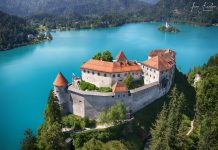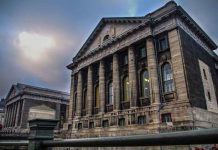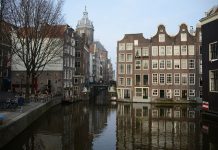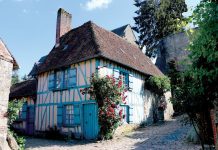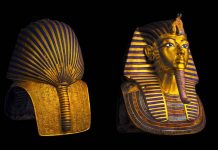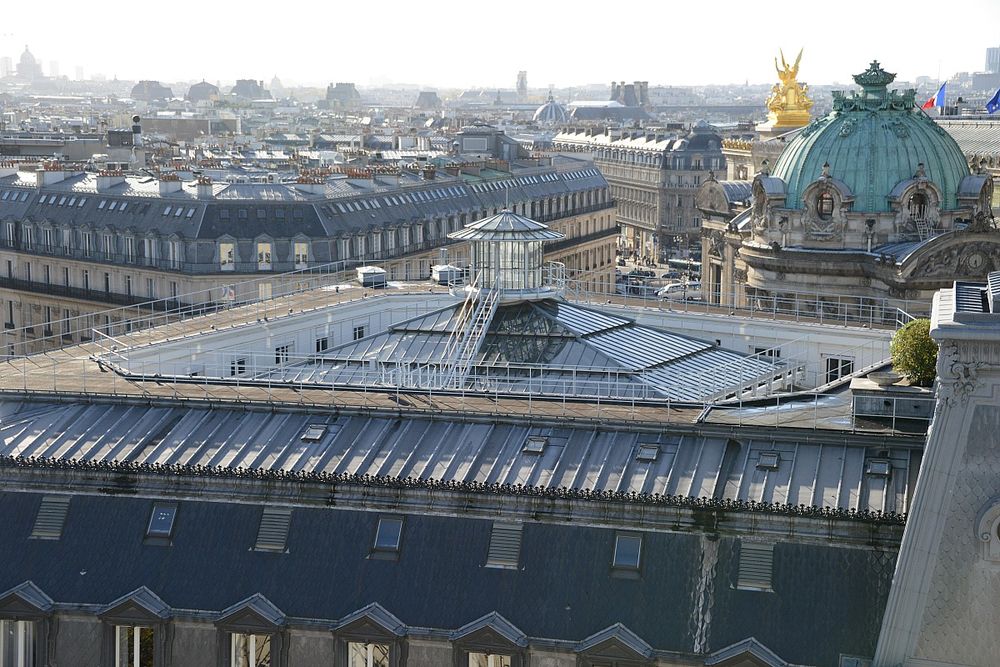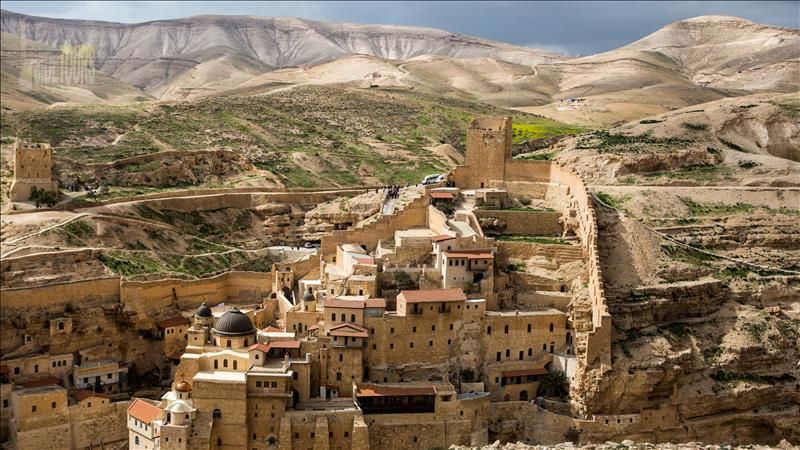The local museum of Idalion was founded in 2007 with the aim to promote the rich finds of the region of Idalion and later to function as a visitors´ centre for the archaeological site in which it is located.
The archaeological site of Idalion is one of the most important sites in Cyprus, with rich finds now adorning the most famous museums of the world. The ancient city was founded, according to tradition, by the Achaean hero of the Trojan war, Chalcanor, descendant of Teucer, the founder of Salamis.
The earliest remains of human occupation were found at the locality Agridi and date to the 7th M.B.C. and 5th M.B.C. From the 18th century B.C. to the 11th century B.C, the Middle and Late Bronze Age, various settlements had trading contacts with neighbouring regions of the Mediterranean and the area continued to be inhabited without interruption until its development to an urban centre. The economic and cultural floruit culminated in the establishment of the kingdom of Idalion, which is mentioned for the first time in the Assyrian written sources of the 7th century B.C. The kingdom flourished until the middle of the 5th century B.C., when its capital was besieged and captured by the Phoenician kings of Kition.
The exhibits of the museum represent all the chronological phases of the history of Idalion and come from both the old and the more recent excavations of the area of the ancient city and from both settlements and cemeteries. In the first exhibition hall the visitor is provided with information on the history of the site and its excavation, as well as photographs with the most important finds now housed in museums abroad. Also exhibited in the same hall, in an eloquent manner, are the Proto-Aeolic capitals which adorned the funerary monuments and the palace of Idalion and two typical examples of the coroplastic and glyptic art that produced works of art of superior quality.
In the second gallery, inscriptions which witness the conquest of the kingdom are exhibited, as well as part of the archive of the Phoenician administration of the city, funerary monuments, pottery types and objects of daily use of all periods with explanatory texts which outline the importance of each period. Imported types of pottery from AttAca and typical examples of clay and stone statuary are also on exhibition. In a special part of the exhibition, material such as photographs, storage jars and other small objects of high artistic quality, portray the important role of the economy of Idalion to the cultural development of the area, which constitutes today the focus of many studies and admiration worldwide.

